Can You Use Camera Raw Filter On Cmyk ?
No, the Camera Raw filter is designed to work with images in the RGB color mode, not CMYK.
1、 Compatibility of Camera Raw Filter with CMYK Color Mode
The Camera Raw Filter is a powerful tool in Adobe Photoshop that allows users to make non-destructive adjustments to their images. However, it is important to note that the Camera Raw Filter is primarily designed for use with images in the RGB color mode.
The CMYK color mode, on the other hand, is commonly used for print purposes and represents colors using cyan, magenta, yellow, and black inks. While it is technically possible to apply the Camera Raw Filter to an image in CMYK color mode, there are some limitations and considerations to keep in mind.
One of the main limitations is that the Camera Raw Filter may not be able to fully utilize its capabilities when working with CMYK images. This is because the filter is optimized for working with the wider color gamut of RGB images, which allows for more flexibility in adjusting colors and tones.
Additionally, applying the Camera Raw Filter to a CMYK image may result in some color shifts or inconsistencies, as the filter may not accurately interpret the CMYK color space. This can be particularly problematic when working on images that will be printed, as the final output may not match the intended colors.
In conclusion, while it is technically possible to use the Camera Raw Filter on CMYK images, it is generally recommended to work with RGB images when utilizing this tool. This will ensure the best results and minimize any potential color discrepancies when printing the final image.

2、 Limitations of Camera Raw Filter in CMYK Color Space
Limitations of Camera Raw Filter in CMYK Color Space
No, you cannot use the Camera Raw Filter on CMYK images. The Camera Raw Filter is specifically designed to work with raw image files, which are typically in the RGB color space. CMYK, on the other hand, is a color model used for printing purposes.
The Camera Raw Filter offers a wide range of adjustments and enhancements for raw images, including exposure, white balance, contrast, and color correction. These adjustments are based on the RGB color space, which is different from CMYK. RGB uses additive color mixing, while CMYK uses subtractive color mixing.
When you try to apply the Camera Raw Filter to a CMYK image, you will receive an error message stating that the filter is not available for CMYK documents. This limitation is due to the fundamental differences between the two color spaces and the specific functionalities of the Camera Raw Filter.
To edit CMYK images, you would typically use other tools and adjustments available in programs like Adobe Photoshop. These tools are specifically designed to work with CMYK color space and provide the necessary adjustments for printing purposes.
It's important to note that the latest versions of Adobe Photoshop and other image editing software may introduce new features and functionalities. Therefore, it's always recommended to check the latest updates and documentation to ensure you have the most up-to-date information on the capabilities of the Camera Raw Filter and other editing tools.
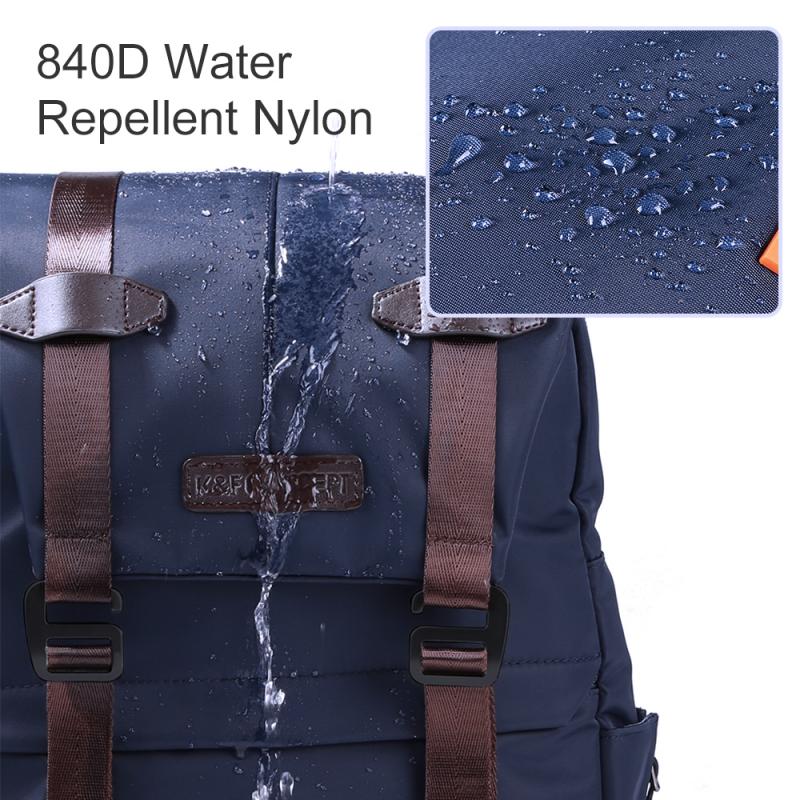
3、 Adjusting CMYK Images with Camera Raw Filter
Yes, you can use the Camera Raw filter on CMYK images. The Camera Raw filter is a powerful tool that allows you to make non-destructive adjustments to your images, regardless of their color mode.
In the past, the Camera Raw filter was primarily used for adjusting RAW files, which are typically in the RGB color mode. However, Adobe has made significant updates to the Camera Raw filter in recent years, allowing it to be used on a wider range of image types, including CMYK.
When you open a CMYK image in Photoshop and apply the Camera Raw filter, you will have access to a variety of adjustment options. These include exposure, contrast, highlights, shadows, white balance, and more. You can also make selective adjustments using the adjustment brush or graduated filter tools.
It's important to note that while the Camera Raw filter can be used on CMYK images, the adjustments you make will still be applied in the RGB color space. This means that if you convert your CMYK image back to CMYK after applying the Camera Raw filter, there may be some color shifts. Therefore, it's recommended to make any necessary CMYK adjustments before applying the Camera Raw filter.
Overall, the ability to use the Camera Raw filter on CMYK images provides photographers and designers with greater flexibility and control over their editing process. It allows for non-destructive adjustments and the ability to fine-tune the image's appearance, regardless of its color mode.

4、 Recommended Workflow for Using Camera Raw Filter on CMYK
Recommended Workflow for Using Camera Raw Filter on CMYK
No, you cannot use the Camera Raw filter directly on a CMYK image. The Camera Raw filter is designed to work with raw image files or RGB images. CMYK images are already in a color space that is suitable for print, and the Camera Raw filter is not intended for adjusting CMYK color separations.
However, there is a recommended workflow that you can follow if you want to make adjustments to a CMYK image using the Camera Raw filter.
1. Convert the CMYK image to RGB: Before applying the Camera Raw filter, convert the CMYK image to RGB. This can be done in Adobe Photoshop by going to Image > Mode > RGB Color.
2. Apply the Camera Raw filter: Once the image is in RGB mode, you can apply the Camera Raw filter by going to Filter > Camera Raw Filter. This will open the Camera Raw interface where you can make adjustments to the image.
3. Make necessary adjustments: Use the various sliders and tools in the Camera Raw interface to adjust the exposure, contrast, color balance, and other settings as desired.
4. Convert back to CMYK: After making the desired adjustments, convert the image back to CMYK if you intend to use it for print. Go to Image > Mode > CMYK Color to convert the image back to the CMYK color space.
It is important to note that converting between color spaces can result in some loss of color information, so it is recommended to work on a copy of the original CMYK image to preserve the original file. Additionally, it is always a good practice to consult with your print service provider or follow their recommended workflow for making adjustments to CMYK images.


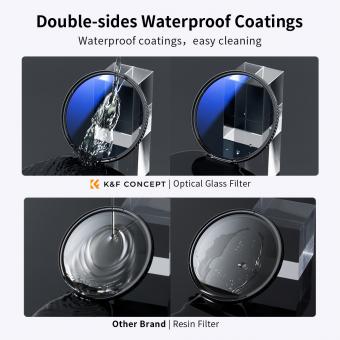



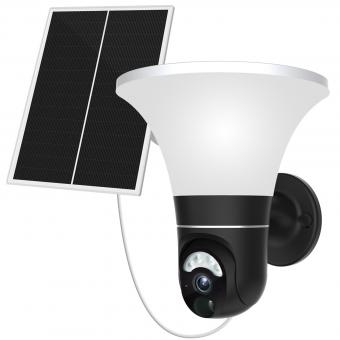
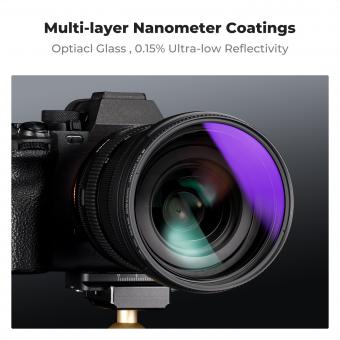





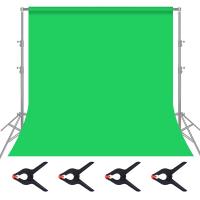

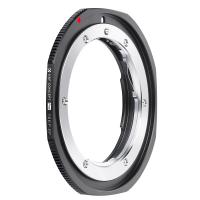





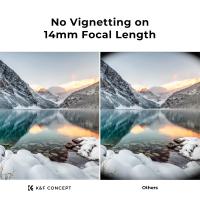

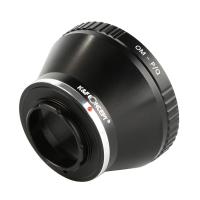
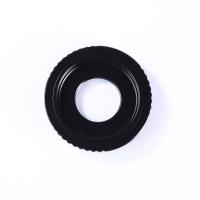



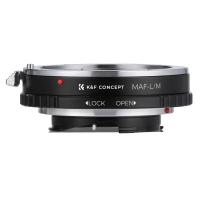
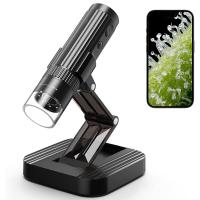
There are no comments for this blog.